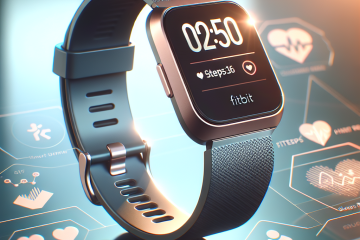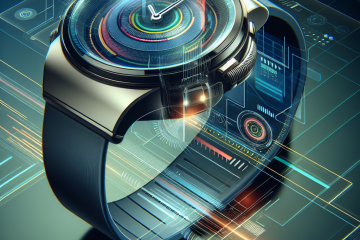What are robotic legs?
Advancements In robotic legs: Enhancing Mobility And Rehabilitation
robotic legs, also known as exoskeletons, are wearable devices designed to assist individuals with mobility impairments, enabling them to stand, walk, and perform daily activities more naturally. These devices have evolved significantly, offering hope and improved quality of life to many.
A notable development in this field is the Lower-extremity Powered ExoSkeleton , created by engineers at the University of Twente in the Netherlands. LOPES is designed to support patients during rehabilitation, particularly those recovering from strokes or spinal injuries. The device can perform all or part of the walking process, providing targeted assistance to specific legs or movements. It also detects and corrects improper movements, aiding patients in relearning natural walking patterns.
In the United States, the Massachusetts Institute of Technology has developed a high-tech prosthetic leg that enables amputees to walk naturally and at normal speeds without consciously thinking about it. This bionic leg links the user’s brain activity to nerves in important muscles controlling movement, allowing for more intuitive control. While still in the experimental phase, this technology holds promise for future prosthetic designs.
The potential applications of robotic legs extend beyond individual rehabilitation. For instance, DARPA, the Pentagon’s research unit, is funding the development of robotic legs for helicopters. These insect-like legs aim to allow aircraft to land on uneven, rubble-strewn terrain and moving surfaces, enhancing operational capabilities in challenging environments.
Despite these advancements, challenges remain in the development and adoption of robotic legs. Issues such as cost, accessibility, and the need for personalized adjustments are significant barriers. However, ongoing research and technological progress continue to address these challenges, bringing us closer to a future where robotic legs are a viable option for many individuals seeking to regain mobility.
In conclusion, robotic legs represent a transformative advancement in assistive technology, offering new possibilities for mobility and rehabilitation. As research progresses and these devices become more refined and accessible, they hold the potential to significantly improve the lives of individuals with mobility impairments.




